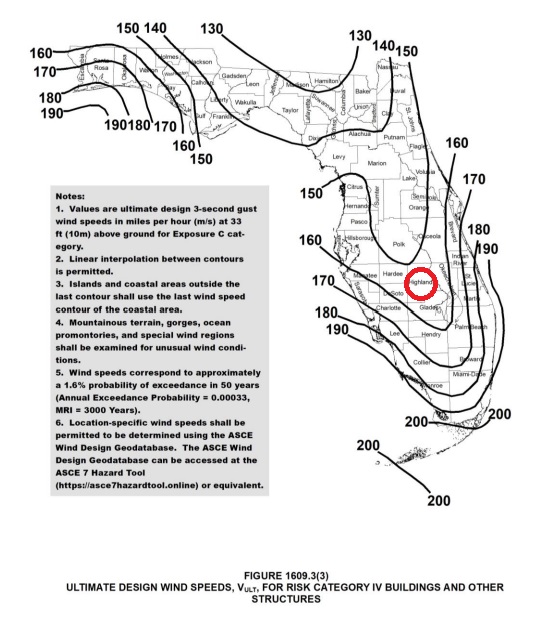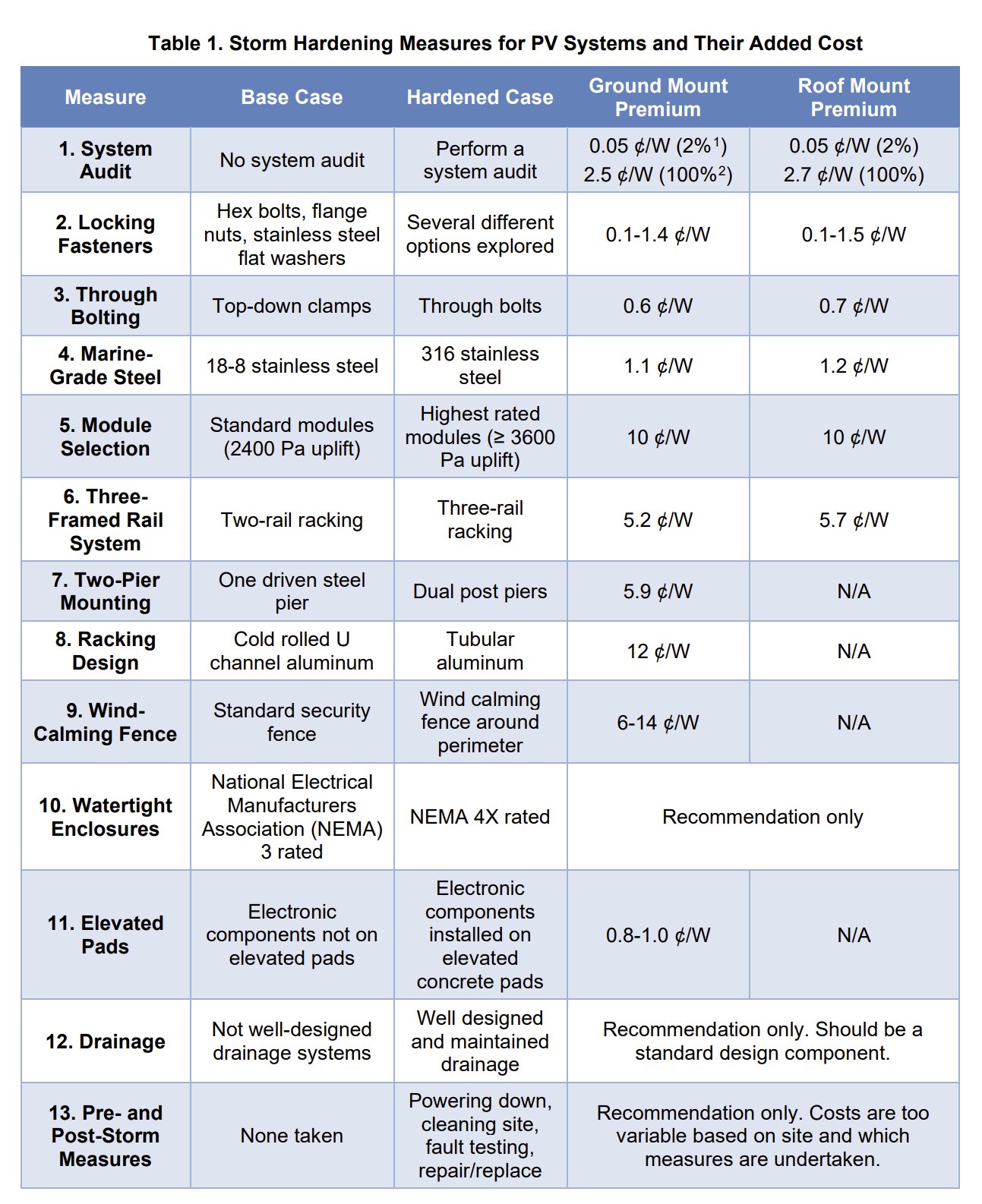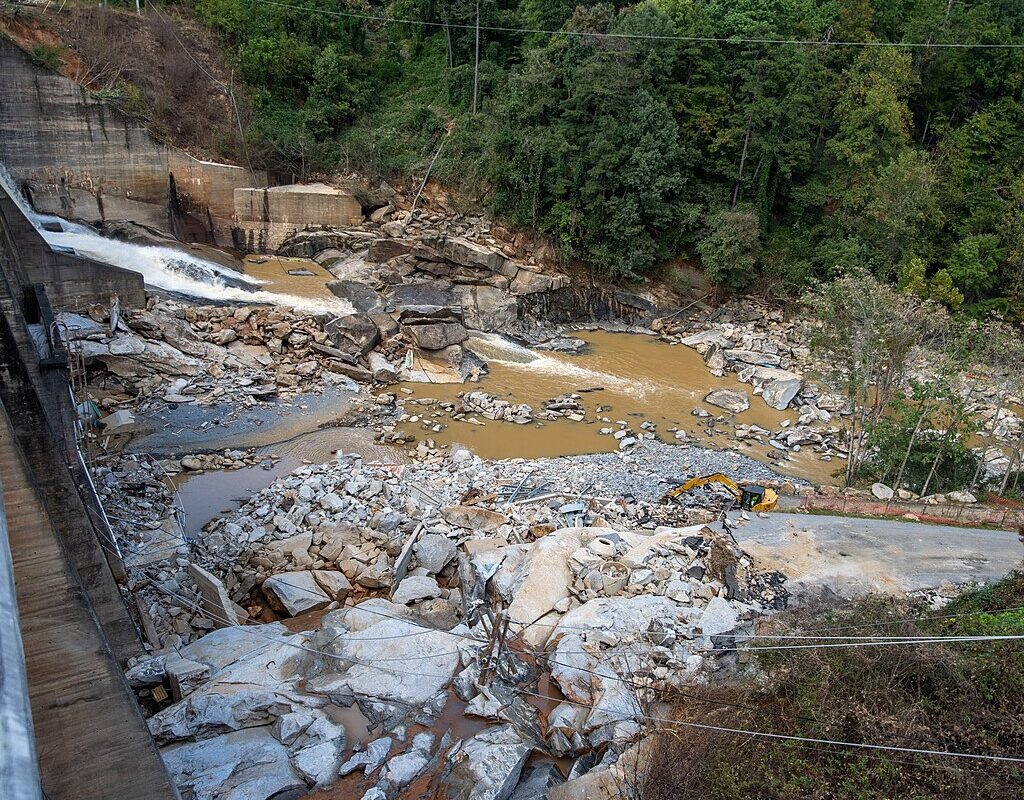Duke Energy’s Lake Placid Solar Power Plant experienced an EF-2 tornado during Hurricane Milton, shredding a swath of solar modules while leaving most of the facility intact.
A tornado tore through a solar power plant in central Florida. Footage released by Duke Energy shows a swath of solar modules ripped from the single-axis trackers holding them in place.
Local weather reports identified the storm as an EF-2 tornado, with winds between 111 and 135 miles per hour. According to the county sheriff’s department, the tornado struck before Hurricane Milton made landfall, also damaging 20 to 30 homes in the area.
The Duke Energy facility was initially developed by EDF Renewables before being sold to Duke Energy, which completed the development and construction of the plant in 2019. The solar portion of the plant has a grid connection capacity of 45 MW, supported by 63.2 MW of solar panels. An 18 MW lithium-ion battery was added to the site in 2022.
In the Duke Energy video below, the tornado’s path can be seen moving across the facility, though the exact direction of the storm is unclear. The damage was limited to the westernmost quadrant of the facility, leaving most of the plant intact and possibly still operational. The tornado’s path stretched primarily from north to south, with the storm appearing wider in the northern portion before tapering off as it dissipated to the south.
Duke Energy reported that during Hurricane Milton, Florida issued at least 126 tornado warnings.
According to documents released in 2019, the solar farm cost approximately $60.6 million to build.
Since Hurricane Andrew in 1992, Florida has consistently strengthened its wind codes, implementing innovations over the decades to make structures more resistant to high winds. One key change was raising the wind speed requirements for new construction. The solar farm, located in Highland County, would have needed to be structurally designed to withstand wind speeds of up to 150 mph.

Several years ago, the U.S. Department of Energy’s National Renewable Energy Laboratory published a report offering guidance on wind-hardening solar power systems. The document, Solar Photovoltaics in Severe Weather: Cost Considerations for Storm Hardening PV Systems for Resilience, outlines 13 strategies to enhance a site’s ability to withstand higher wind speeds, along with the associated costs of these improvements.
In general, single-axis trackers tend to provide less robust support for solar panels compared to fixed racking systems.

Popular content




